Search results
Author(s):
Maria Min-Young Kim
Added:
2 years ago
In this interview, Dr Maria Min-Young Kim (Imperial College Healthcare NHS Trust, London, UK) discusses the results of the GANGLIA-AF Trial, a study that aimed to determine the role of ectopy-triggering ganglionated plexus ablation (ET-GP) in the treatment of Atrial Fibrillation.
Questions:
1. Please summarise the main aims, study design and endpoints of this trial?
2. What were your key…
View more
Author(s):
Jonathan W Waks
,
Mark E Josephson
Added:
3 years ago
Atrial fibrillation (AF), the most common sustained arrhythmia, is a leading cause of stroke, and is associated with significant morbidity and mortality worldwide. Despite its frequency, clinical importance, and advances in technology and our knowledge of the molecular, ionic and physiological fundamentals of cardiac electrophysiology, our limited understanding of the mechanisms that initiate and…
View more
Author(s):
Angelo Auricchio
,
John A Rogers
Added:
1 year ago
In this Arrhythmia Academy Journal Club episode, Prof Angelo Auricchio (Fondazione Cardiocentro Ticino, CH) is joined by Professor John A Rogers, award-winning physical chemist and a materials scientist from Northwestern University, US.
Join this discussion on an exciting new technology, a transient closed-loop system that combines a time-synchronized, wireless network of skin-integrated devices…
View more
Author(s):
Benjamin L Freedman
,
Timothy R Maher
,
Madison Tracey
,
et al
Added:
10 months ago
Unmasking Adenosine
Author(s):
Gareth DK Matthews
,
Andrew Grace
Added:
3 years ago
Article
Electrical Mapping to Optimise Heart Failure Outcomes Following Cardiac Resynchronisation Therapy
Author(s):
David O’Donnell
Added:
8 years ago
Article
Author(s):
Ling Kuo
,
Jackson J Liang
,
Saman Nazarian
,
et al
Added:
3 years ago
Catheter ablation has been increasingly used as a treatment for refractory ventricular tachycardia (VT) in patients with non-ischaemic cardiomyopathy (NICM). However, ablation outcomes tend to be quite variable because of the heterogeneity of the aetiology for the NICM and associated VT substrate in these patients.1–3 Patients with NICM can be sub-classified based on specific genotypic and…
View more
Author(s):
Kengo Kusano
Added:
1 week ago
ACC.24 — We are joined by Dr Kengo Kusano (National Cerebral and Cardiovascular Center, JP) to discuss the findings from the Embo-Abl Study.Embo-Abl is a multicenter prospective randomized study which aims to compare the incidence of periprocedural cerebral embolisms caused by catheter ablation of atrial fibrillation (AF) between cryoballoon and radiofrequency ablation. 230 patients with AF from…
View more
Author(s):
Marco Schiavone
Added:
2 years ago
In this short interview recorded at EHRA 2022, Dr Marco Schiavone (Luigi Sacco University Hospital, Milan, IT) outlines the findings of a real-world meta-analysis designed to assess the clinical outcomes of S-ICD in HF patients from the largest European Registry. Results suggest that over 2 years, there were no significant differences in appropriate and inappropriate shocks between patients with…
View more
Author(s):
Penelope A Boyden
,
Wen Dun
,
Bruno D Stuyvers
Added:
3 years ago
Abnormalities in electrical rhythm were studied by Einthoven at the start of the 20th century. In the 1940s, studies by Bozler et al.1 described contractile signals that appeared to be ‘triggered’ heart beats. Today we use the term delayed afterdepolarisations (DADs) to refer to oscillations in voltage that follow a driven action potential.
In the mid-1970s, progress was made when Lederer and…
View more










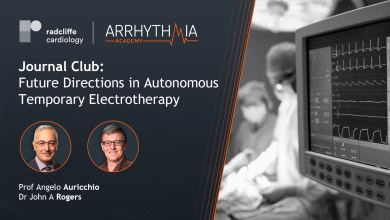
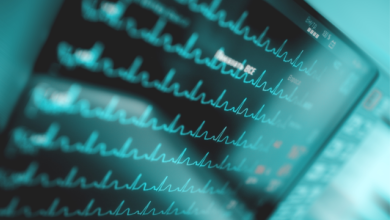
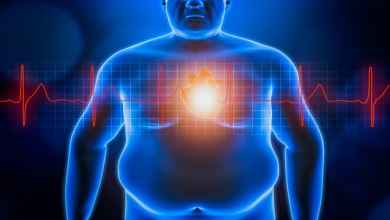

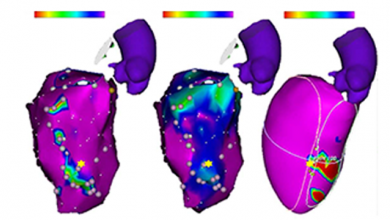
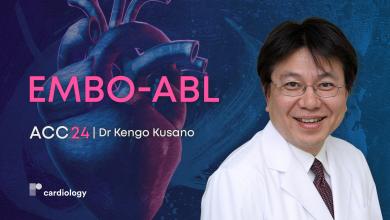

 « First
« First